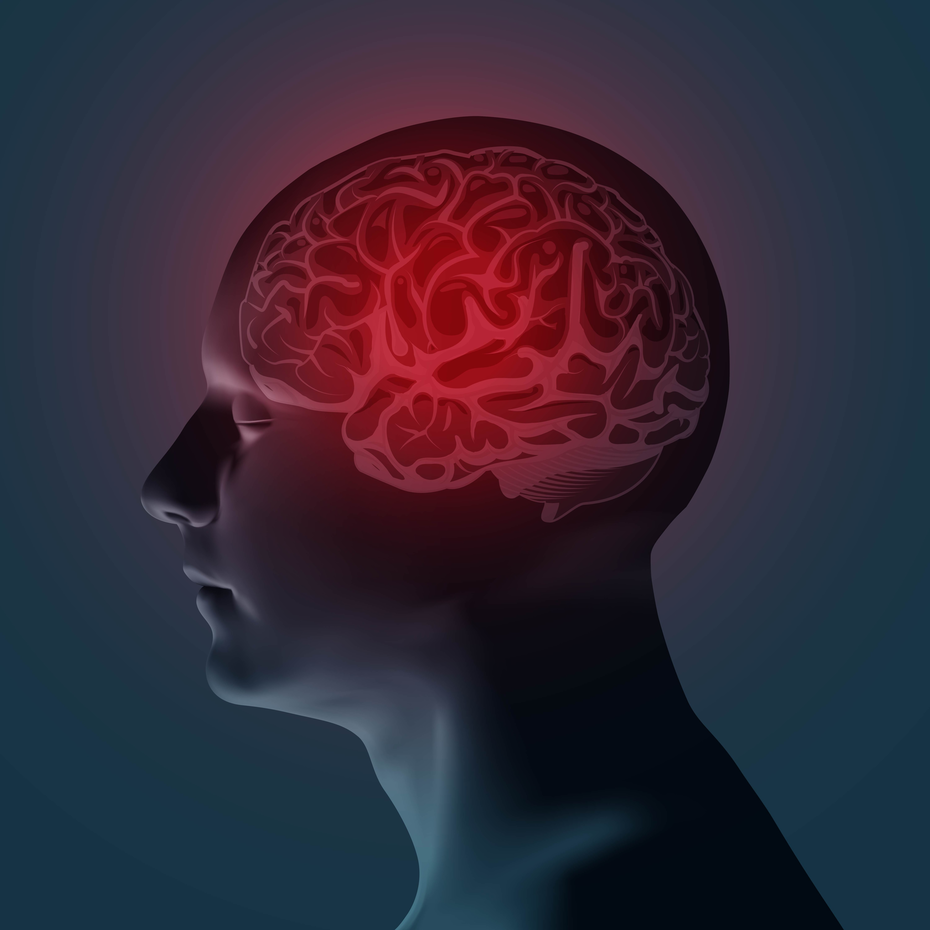Article
FDA Approvals Offer Choice of VMAT-2 Inhibitors for Tardive Dyskinesia
Author(s):
Studies show rates of depression and suicidality similar to those for placebo.

In a recent editorial, Christoph Correll, MD, (pictured) professor of psychiatry and molecular medicine at Hofstra Northwell School of Medicine in Hempstead, New York, detailed the results of the AIM-TD study of deutetrabenazine (Austedo) for tardive dyskinesia (TD) and compared them with those of 2 KINECT studies of valbenazine for TD.
The AIM-TD study led to the August 2017 decision by the U.S. Food and Drug Administration (FDA) to approve deutetrabenazine for TD. Moreover, the 2 KINECT studies led to the FDA’s approval of valbenazine for TD in early April 2017.
Both agents are members of a new class of vesicular monoamine transporter-2 (VMAT-2) inhibitors developed to address movement disorders such as TD. In early April 2017, the FDA approved deutetrabenazine for Huntington’s chorea, and valbenazine manufacturer Neurocrine Biosciences has been investigating its use for Tourette’s syndrome.
Maren Carbon, MD, assistant professor of psychiatry in the division of psychiatry research at The Zucker Hillside Hospital, Northwell Health, in Glen Oaks, New York, co-authored the editorial.
Until this year, management of TD relied on off-label use of treatments with little support for their safety and efficacy in reducing TD symptoms, the editorial noted. One option was the established VMAT-2 inhibitor, tetrabenazine, which requires thrice-daily dosing and may produce clinically relevant parkinsonism, prolong the corrected QT interval, promote depression, and increase the risk of suicide.
In contrast with tetrabenazine, deutetrabenazine and valbenazine are associated with rates of depression and suicidality similar to those associated with placebo, according to the editorial. Moreover, neither new VMAT-2 inhibitor interferes with the efficacy of co-administered dopamine-receptor antagonists.
"It is exciting to see that, more than 60 years after the first descriptions of tardive dyskinesia in relationship to antipsychotic treatment and [after] an entire dearth of effective treatments, there are now 2 new-generation VMAT-2 inhibitors that have statistically and clinically relevant efficacy for this impairing syndrome,” Correll wrote.
Although questions surrounding long-term efficacy and which patient subgroups benefit the most from treatment still persist, the 2 FDA-approved agents can reduce TD symptoms, Correll wrote.
The KINECT and AIM-TD studies shared several strengths, including their use of centralized Abnormal Involuntary Movement Scale (AIMS) assessments of TD severity based on sessions videotaped by site investigators and scored by 2 central video raters who were movement disorder specialists. Raters were masked to visit number, site, and recording date, and both raters had to achieve consensus in their ratings.
However, the editorial noted a key difference in Phase III study results for deutetrabenazine and valbenazine. By the end of KINECT 3 at week 6, when analyzed as a mean score, rater-assessed response to active treatment versus placebo was not significant for either dose of valbenazine. In contrast, by the end of the 12-week AIM-TD study — which was twice the length of KINECT 3 — the same endpoint was significant for both doses of deutetrabenazine.
Moreover, unlike specialist response ratings, patient response ratings in both Phase III studies were not significantly better for either VMAT-2 inhibitor than for placebo. The editorialists interpreted this result as an indicator that some patients may be less aware of TD and its social impact than other patients are.
In addition, most patients who received active treatment in these Phase III studies did not have an improvement in AIMS total score of 50% or more by study end. The editorialists interpreted this finding as an indicator of “a relevant heterogeneity of response” to the new VMAT-2 inhibitors.
Moreover, they cautioned that clinically significant reduction in TD symptoms might not be captured by this efficacy measure “because [the] effect also depends on the location and functional or social relevance of the [abnormal] movements.”
Topics for further research should include whether VMAT-2 inhibitors can prevent progression from early to more severe dyskinesia and predictors of successful discontinuation of VMAT-2 inhibitors after TD resolves, according to the editorial.
Correll concluded that the availability of 2 new-generation VMAT-2 inhibitors approved for the treatment of TD should “stimulate research to answer these and related questions, as well as provide benefit to patients.”
The editorial, “A new class of VMAT-2 inhibitors for tardive dyskinesia,” was published online in Lancet Psychiatry last month.
Related Coverage
FDA Approves Deutetrabenazine for Tardive Dyskinesia
FDA Approves Amantadine Hydrochloride for Dyskinesia
Experts Detail Stepwise Approach to Treating Tardive Dyskinesia





